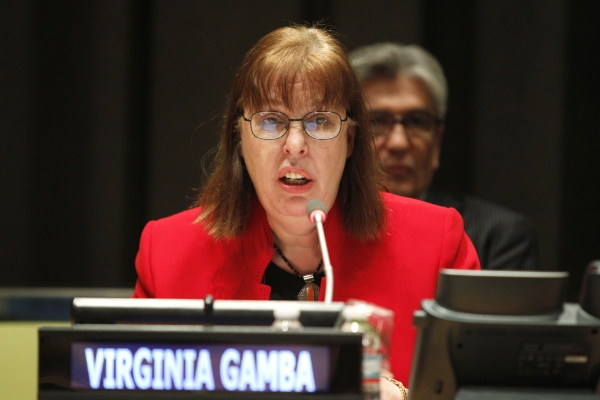The research report by Security Council Report details the work of the UN Security Council on protecting children affected by war between 2016 and 2017: the Council, from the late 90s onwards, has developed increasingly comprehensive tools to improve the effectiveness of the UN on the matter. The Council, with its Working Group on Children and Armed Conflict, and together with the Office of the Special Representative for Children and Armed Conflict, are working in unison for the development of the mandate.
The main tools used to promote Child Protection are the two Annexes to the Secretary-General’s Annual Report. The Annexes list parties that have committed either one or more of the following violations against children: recruitment and use of children; sexual violence; killing and maiming; attacks on schools and hospitals; and abductions. The reporting is aimed at promoting political pressure on the perpetrators by the international community. In its research, the Security Council Report concludes that the 2003 mechanism proved successful when targeting states, but less effective when listed perpetrators are armed groups. Decisions on which parties make the list are made by the Working Group, and the Group’s choices were criticized in the recent past, as some perpetrators of violations were not included, allegedly for political choices within the Security Council. However, the 2017 inclusion of the Saudi-led coalition in Yemen helped restore some credibility in the listing process and the impartial value of the list.
The report uses Colombia as a case study, describing the Latin American country as a UN success story.: in Colombia, thanks to the positive political environment and the effective mediation by the Special Representative, the protection of children were successfully enforced. The Colombia case shows that, when the right conditions are met, the work of the Security Council can bring positive change.
An important consequence of the mandate has been the mainstreaming of the agenda. The language of relevant resolutions and presidential statements has increasingly included specific provisions for child protection, and there is a general tendency to include higher quality text on the issue. However, despite increased attention on the subject and the possibility of a further rise in the near future, effectively enforcing the tools of protection has proven more difficult in the past two years. The rise of new and harder to control types of threats, mostly from extremist non-state actors, has changed the playing field, and the existing architecture of protection needs to be used more creatively to match new needs. To conclude, difficulties have risen, but an increased attention on the matter, signs of depoliticisation in the listing process, and some proof of its efficacy could be positive signs for the near future.
For more information, read:
http://www.securitycouncilreport.org/research-reports/children-and-armed-conflict-sustaining-the-agenda.php







